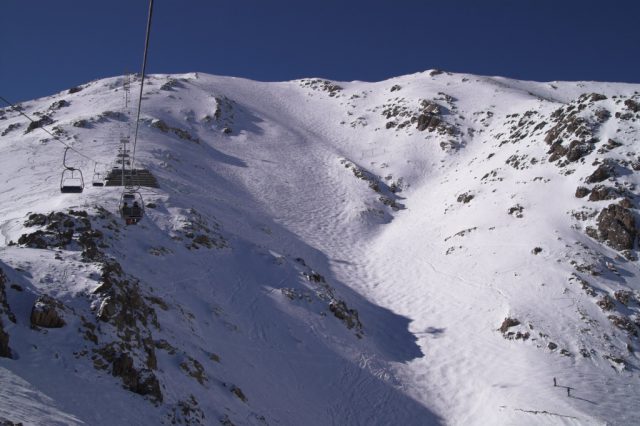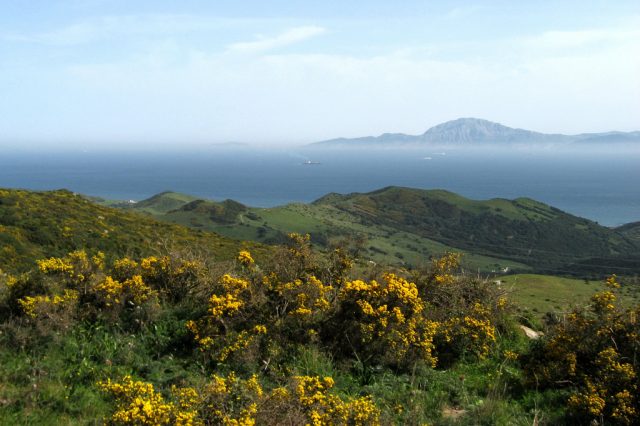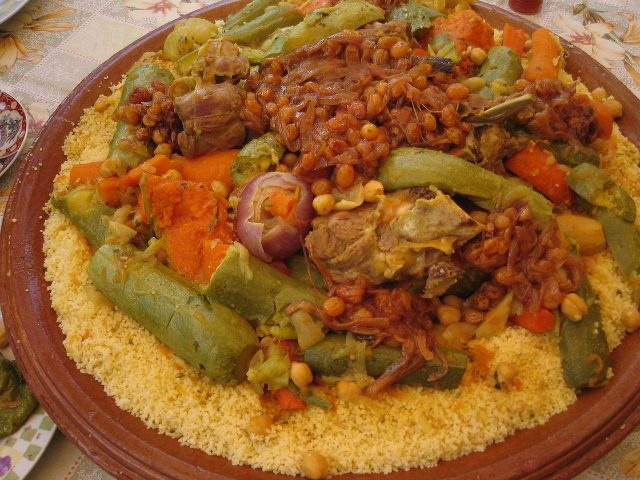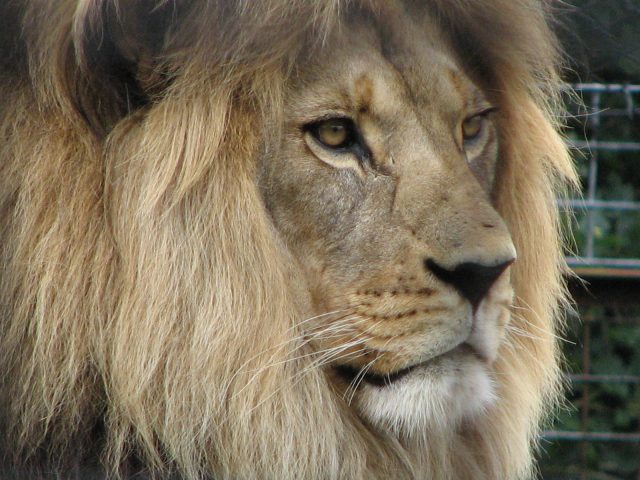8 Interesting Facts About Morocco
ABOUT
At Our Whole Village, we plan meaningful vacations for families who want to create lifelong memories and show their kids the world in a more conscious and intentional manner.
WORK WITH US
We help families take meaningful vacations so that they can escape everyday life, show their kids the world and make lifelong memories - with care, confidence and peace of mind.
THE BEST FAMILY VACATIONS BY AGE
Your (free) guide to the top travel destinations for families with babies, teens and everyone in between.
DOWNLOAD NOW
ABOUT US
March 12, 2019
Located in the far northwest of the African continent, Morocco boasts a fusion of cultural influences from the Berbers, French, Spanish, and Arabs. Morocco also boasts an extremely diverse climate reflected in its magnificent natural landscapes, from the sand dunes of the Sahara to the snow-capped peaks of the Atlas Mountains.
Ready for some interesting facts about Morocco? Let’s see how many of these you already know.
1. Skiing in Africa
This fact is one of our favorites because it points to the diversity of Africa as a continent. What do you think of when you hear “Africa”? Maybe the deserts of the Sahara or the plains of the Serengeti? How about ski slopes? Yes, you read that right. Morocco boasts the highest ski resort in Africa towering 10,603 feet above sea level. Located in the Atlas Mountains, the Oukaïmeden Resort represents one of Africa’s hidden gems.

Milamber’s Portfolio | Flickr.com
2. The Land of Citrus
One of Morocco’s most important exports, citrus production will top 2.6 million metric tons this year. That’s an 18 percent increase over 2017-2018. Exports include 1.2 million metric tons of mandarin oranges and tangerines, 1.2 million metric tons of oranges, and 45,000 metric tons of lemons. In fact, tangerines were first imported to Europe from Morocco in 1841, their name derived from the Moroccan port of departure, Tangiers.
3. European Views
Morocco is separated from mainland Spain by the Strait of Gibraltar. At the narrowest point, nine miles of ocean sit between Morocco’s Point Cires and Spain’s Point Marroquí. Ferries travel between the two continents every day. It takes as little as 35 minutes to get from Africa’s shores to those of Europe. The Strait of Gibraltar also represents the only area where waters from the Mediterranean Sea mingle with those of the Atlantic Ocean.

© Vlasta Juricek | Flickr.com
4. The Color of Mourning
In Morocco, the color for mourning is white not black. Why? Black remains a common color for everyday wear, seen most often in the traditional dresses worn by many Moroccan women. So, Moroccan widows wear white during the 40 days set aside for mourning in order to distinguish from their normal routine and pay proper respect to the deceased. White also symbolizes tranquility in the Moroccan tradition. Following the prescribed mourning period, the widow holds a feast in her deceased husband’s honor.
5. One of the First Travel Writers
One of the world’s first cultural geographers and travel writers was the 14th-century Moroccan Islamic scholar Ibn Battuta. Over the course of 30 years, Battuta logged an incredible 5,000 miles traveling all over the Islamic world and into many non-Muslim lands. These included parts of Central Asia, South Asia, Southeast Asia, and even China. As he neared the end of his life, he dictated his many adventures. These would later be compiled into the book A Gift to Those Who Contemplate the Wonders of Cities and the Marvels of Traveling.
6. Morocco’s Hollywood
Morocco boasts its own version of Hollywood, the Atlas Film Studios in Ouarzazate. Covering more than 322,000 square feet, it’s the largest studio in the world. It boasts everything from a Tibetan temple to Egyptian palaces, intergalactic worlds to a kasbah. And chances are, you’ve already seen one or more of these sets in action. Hits such as The Mummy, Alexander the Great, Black Hawk Down, Kingdom of Heaven, Babel, Star Wars, and Gladiator were all shot here.
7. The Pleasures of Couscous
The Berbers of North Africa have contributed some delicious dishes to the world including couscous. Couscous was first mentioned in an anonymous 13th-century cookbook entitled The Cookbook of the Maghreb and Al-Andalus. A small pasta made from semolina or other grains, couscous can be served with vegetables, meat, or fruit. It proves a popular dish that can serve as both dinner and dessert.

© Khonsali | Wikimedia Commons
8. The Lions of Atlas
Morocco once boasted its own resident lions known as the lions of Atlas or Barbary lions. As the name suggests, they roamed the Atlas Mountains between Morocco and Tunisia. But centuries of human activity contributed to their extinction in the wild by the 20th century. Thousands of years ago, Barbary lions were collected and transported to the Roman Empire as part of grisly gladiatorial games. By the 19th century, they grew increasingly scarce as their primary prey, Barbary stags and gazelles, dwindled in numbers. They were also mercilessly hunted in the 19th and 20th centuries for trophies. Today, Barbary lions exist in captivity at zoos all over the world. The Rabat Zoo in Morocco is leading an ambitious breeding program to increase their numbers and preserve the breed.

© Nicki | Flickr.com
Interesting Facts About Morocco
Did any of these interesting facts about Morocco surprise you? Are you ready for your own Morocco family vacation?
Check out our 9-day Morocco Family Adventure, an immersive kid-friendly voyage into one of the most exotic locations on the planet. From pottery and weaving workshops to riding camels and camping with Berbers, you’ll forge authentic connections with locals while enjoying an amazing adventure in Morocco with kids.
At Our Whole Village, we create transformational trips for curious families who want to create lasting memories while making a difference. We’re here to help you and your family experience the world, its peoples, and its cultures. Contact us today to learn more about the unforgettable experiences that we handcraft for curious families just like yours.
OUR SERVICES
HOME
COPYRIGHT © OUR WHOLE VILLAGE 2021
DESIGN BY GIRLBOSS DESIGNER | CUSTOMIZED BY ALEX COLLIER DESIGN
about
TRAVEL SERVICES
DESTINATIONS
BLOG
PLAN A TRIP
FREE TRAVEL GUIDE
TERMS AND CONDITIONS
hello@ourwholevillage.com
+1 305 432 2612